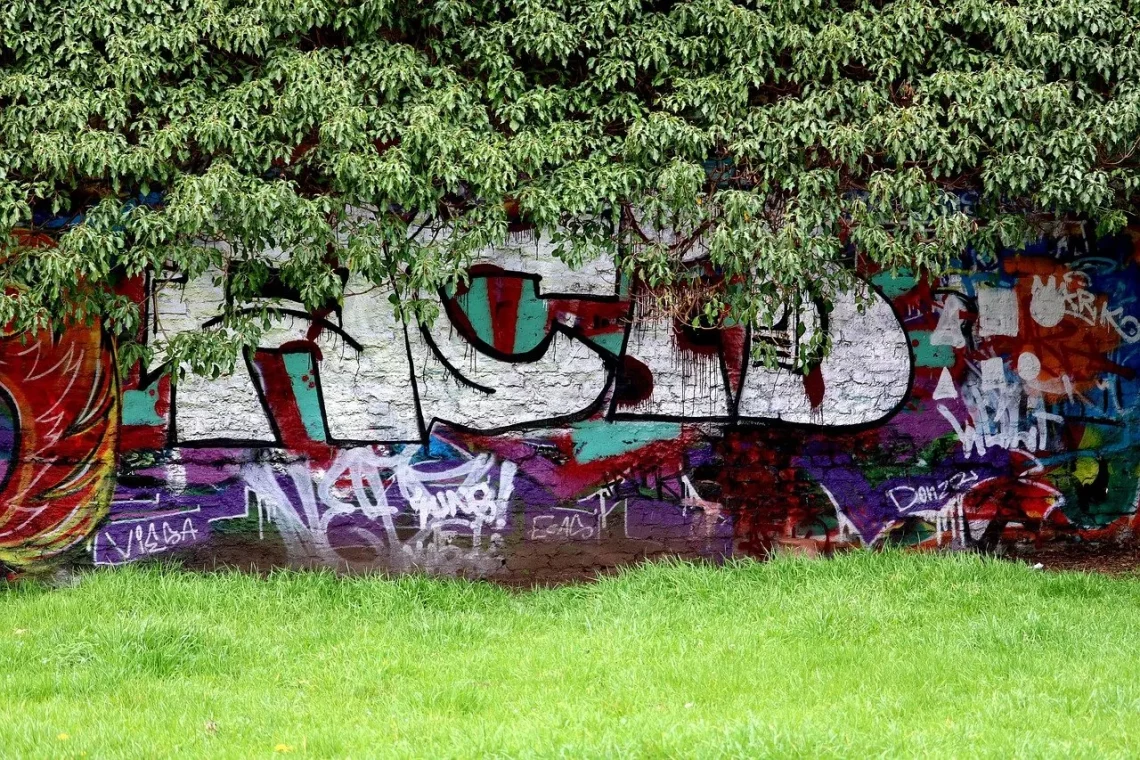
Exploring the Fascination with Large Penises Images in Art and Culture
The fascination with large penises is a longstanding phenomenon that has permeated various aspects of art and culture throughout history. This interest often reflects deeper societal attitudes towards masculinity, sexuality, and power dynamics. From ancient civilizations to contemporary expressions, the representation of male genitalia has sparked conversations about gender roles, self-image, and the interplay between art and societal norms.
In many cultures, large penises have been associated with virility and strength, symbolizing fertility and dominance. This idealization can be traced back to ancient sculptures and artifacts, where exaggerated male forms were crafted to communicate not only physical prowess but also social status and divine favor. The body has often been a canvas for expressing societal values, and the portrayal of the male anatomy serves as a striking example of this phenomenon.
In contrast, the focus on large penises can also evoke discussions around body image and personal insecurities. As media representations evolve, they can shape and distort perceptions of masculinity, leading to unrealistic expectations and pressures. The duality of admiration and anxiety surrounding this theme creates a complex narrative that continues to resonate in modern artistic expressions. This exploration into the fascination with large penises in art and culture provides a rich tapestry of insights into human behavior, societal norms, and the ongoing dialogue surrounding masculinity.
The Historical Context of Phallic Symbolism
Throughout history, phallic symbolism has played a significant role in various cultures, often representing fertility, power, and masculinity. In ancient societies, the male genitalia was frequently depicted in art as a means to celebrate virility and reproductive capability. For instance, ancient Greece showcased numerous sculptures and pottery featuring exaggerated male forms, which were believed to embody strength and heroism. These representations were not merely artistic expressions; they were intertwined with cultural beliefs about masculinity and societal expectations.
In many African cultures, large penises are also celebrated in art, often representing fertility and prosperity. Carvings, masks, and other artifacts frequently feature exaggerated male anatomy, emphasizing the importance of masculinity in social and spiritual contexts. These depictions serve as a reminder of the reverence for male potency and its role in sustaining communities.
The fascination with large penises is not limited to historical contexts; it has influenced modern art as well. Contemporary artists often draw on these historical motifs, reinterpreting them through the lens of current societal values and challenges. By doing so, they engage in a dialogue that reflects both the enduring nature of these symbols and the evolving perceptions of masculinity. The historical context of phallic symbolism highlights how deeply ingrained these themes are in human culture, illustrating the complex relationship between art, identity, and societal norms.
Masculinity and Power Dynamics in Art
The representation of large penises in art often intersects with themes of masculinity and power dynamics. In many societies, size has been historically equated with strength and dominance, leading to the belief that larger penises signify greater authority and control. This notion has permeated various artistic expressions, from classical sculptures to contemporary installations, serving as a commentary on gender roles and societal hierarchies.
In classical art, the portrayal of the male form was often idealized, with larger genitalia symbolizing not only physical prowess but also a connection to divinity. The Greek gods, for instance, were frequently depicted with exaggerated features that emphasized their superiority over humans. This idealization reflects a broader cultural understanding of masculinity, where physical attributes were linked to moral and ethical qualities.
In modern art, these themes are often subverted or critiqued. Artists may use the imagery of large penises to challenge traditional notions of masculinity, highlighting the absurdity of societal expectations. By presenting exaggerated forms in unexpected contexts, they invite viewers to question the values associated with size and power. This shift in perspective allows for a more nuanced discussion about masculinity, moving beyond simplistic associations to explore the complexities of identity and self-perception.
Furthermore, the exploration of power dynamics in relation to the male body is particularly relevant in discussions of gender equality and representation. As societies strive for inclusivity, artists are increasingly addressing the limitations imposed by traditional gender norms. By incorporating diverse perspectives and challenging conventional ideals, contemporary art serves as a powerful platform for reexamining the relationship between size, masculinity, and societal power structures.
The Impact of Media on Body Image and Masculinity
The representation of large penises in media significantly influences societal perceptions of masculinity and body image. With the rise of digital platforms, images and messages regarding male anatomy are more accessible than ever, shaping ideals and expectations in real-time. This pervasive exposure can lead to an environment where body image issues arise, prompting individuals to compare themselves to often unrealistic standards.
In advertising and entertainment, large penises are frequently portrayed as symbols of desirability and success. This depiction can create a narrow definition of masculinity, where value is placed on physical attributes rather than character or achievements. The constant reinforcement of these ideals can lead to feelings of inadequacy among men who may not fit this mold.
Moreover, the impact of social media cannot be overstated. Platforms where users share images and personal narratives contribute to a culture of comparison, amplifying insecurities related to body image. Men may feel pressured to conform to these ideals, leading to anxiety and even body dysmorphia. The quest for validation through physical appearance can overshadow the importance of self-acceptance and emotional well-being.
Addressing these issues requires a shift in how masculinity is portrayed in media. By promoting diverse representations of male bodies and celebrating individuality, society can foster a healthier understanding of masculinity. Challenging the status quo allows for a broader discourse on body image, emphasizing that worth is not determined by size but by character and personal integrity.
In conclusion, the fascination with large penises in art and culture reflects complex societal dynamics and individual experiences. It invites ongoing discussions about masculinity, power, and body image, highlighting the need for a more inclusive understanding of identity that transcends traditional norms.
**Disclaimer**: This article is not intended as medical advice. For any health-related concerns or questions, please consult a qualified healthcare professional.




